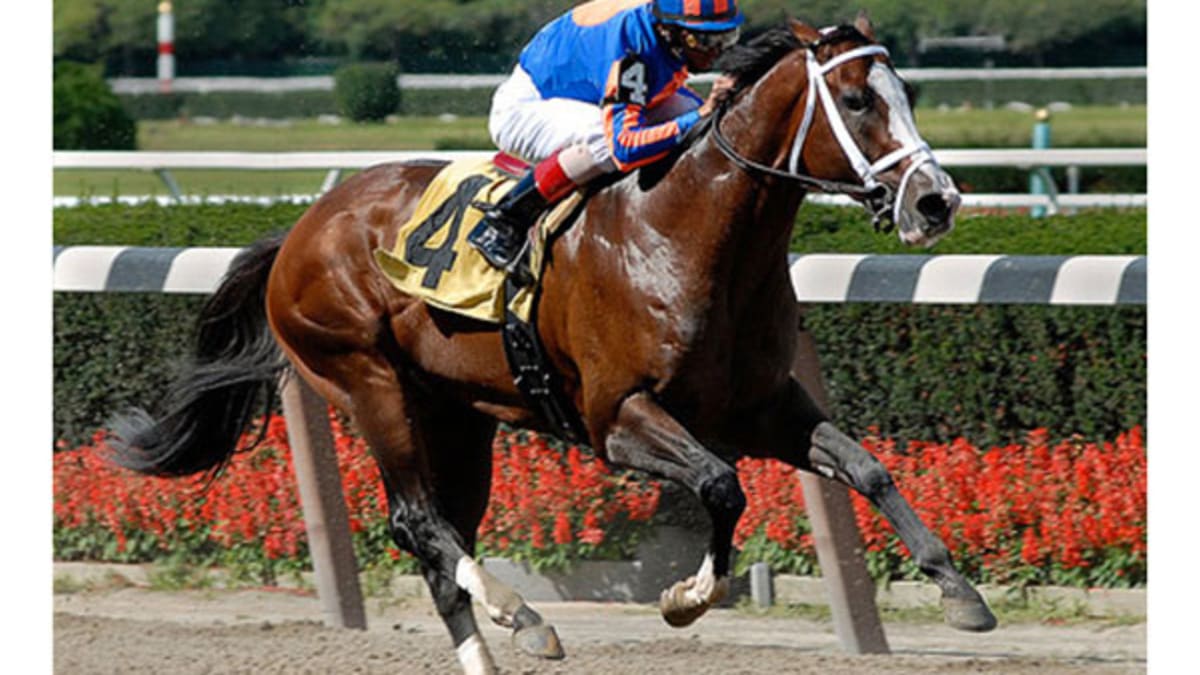The legacy of legendary race horses lives on. Memorable names bring up pictures of the finest horse races, spectacular performances, and recollections of where you were when you saw them. It’s difficult to compare horses from different ages and regions of the world when this sport has such a long and rich history.
But perhaps one of the greatest racehorses to have ever walked (or ran through the racetracks) is the scintillating “Big Red” that swept the US Triple Crown tournament back in 1973. If you’ve been a regular Singapore Pools bettor at horse racing, you probably know who this is.
Secretariat
Secretariat’s narrative has been turned into a film, and we’ve all heard it before. He is regarded as one of the greatest horses of all time, alongside Man o’ War. During ESPN’s Top 50 Athletes of the 20th Century in 1999, Secretariat was included.
When her father Christopher Chenery became unwell, Penny Chenery (then known as Penny Tweedy) took over the operation of the stable in 1968 and arranged for the breeding of Secretariat.
He was a product of Bold Ruler’s progeny, and his mother was Somethingroyal, a Princequillo daughter. From 1963 to 1969 and again in 1973, Bold Ruler was the greatest breeder in North America. This horse was owned by the Phipps family, and he won the Preakness Stakes in 1957 as well as being named Horse of the Year.
In 1958, he was named American Champion Sprint Horse. He quickly became a clear favorite across many SG Pools punters, too. Despite being retired to pasture at Claiborne Farm, Bold Ruler’s progeny were mostly owned by the Phippses, and as a result, few of his foals were sold at auction.
Racing career
He won six of his eight appearances as a two-year-old, with one of his wins coming via disqualification in the Champagne Stakes. When Sham beat him in the Wood Memorial as a three-year-old, many people started contemplating Sham as the main Derby contender.
Secretariat, on the other hand, ran the greatest Derby race in history. In order to break the record, he had to run each quarter-mile quicker than the others. In fact, only Monarchos in 2001 was able to break the two-minute threshold, and that record still holds today.
Secretariat won the Preakness for the second year in a row, defeating Sham in the process. There were even some who disagreed on the final time but in the end, the official time was 1:54.40. It was a memorable SGPools experience to many.
Secretariat then took the lead in the Belmont Stakes alongside Sham, with only four other rivals. Sham was out of the race around the half-mile mark, and Secretariat was extending his lead.
His margin of victory was 31 lengths, surpassing the 1943 record of 25 lengths, and he ran the quickest 1.5 miles in 2:24 flat, smashing the stakes record by more than two seconds. His accomplishments on the Triple Crown are still the benchmark of excellence in the sport.
Final thoughts
We can examine the Secretariat’s historical relevance from a variety of perspectives. He has been a clear-cut favorite amongst race card holders and he has been named Horse of the Year twice in the United States. When it came to the Kentucky Derby race, he ran every quarter-mile quicker than the one before. In the Preakness Stakes, he ran from the last position to the forefront in a sixteenth of a mile.
He became only the ninth thoroughbred horse to win more than $1,000,000 in prize money after a triumphant win at the Marlboro Cup in a world record time.
And then he set a track record by winning the Belmont Stakes by 31 lengths in a time that has never been beaten. Any list of the greatest thoroughbreds of all time that doesn’t include Secretariat is a short one.

